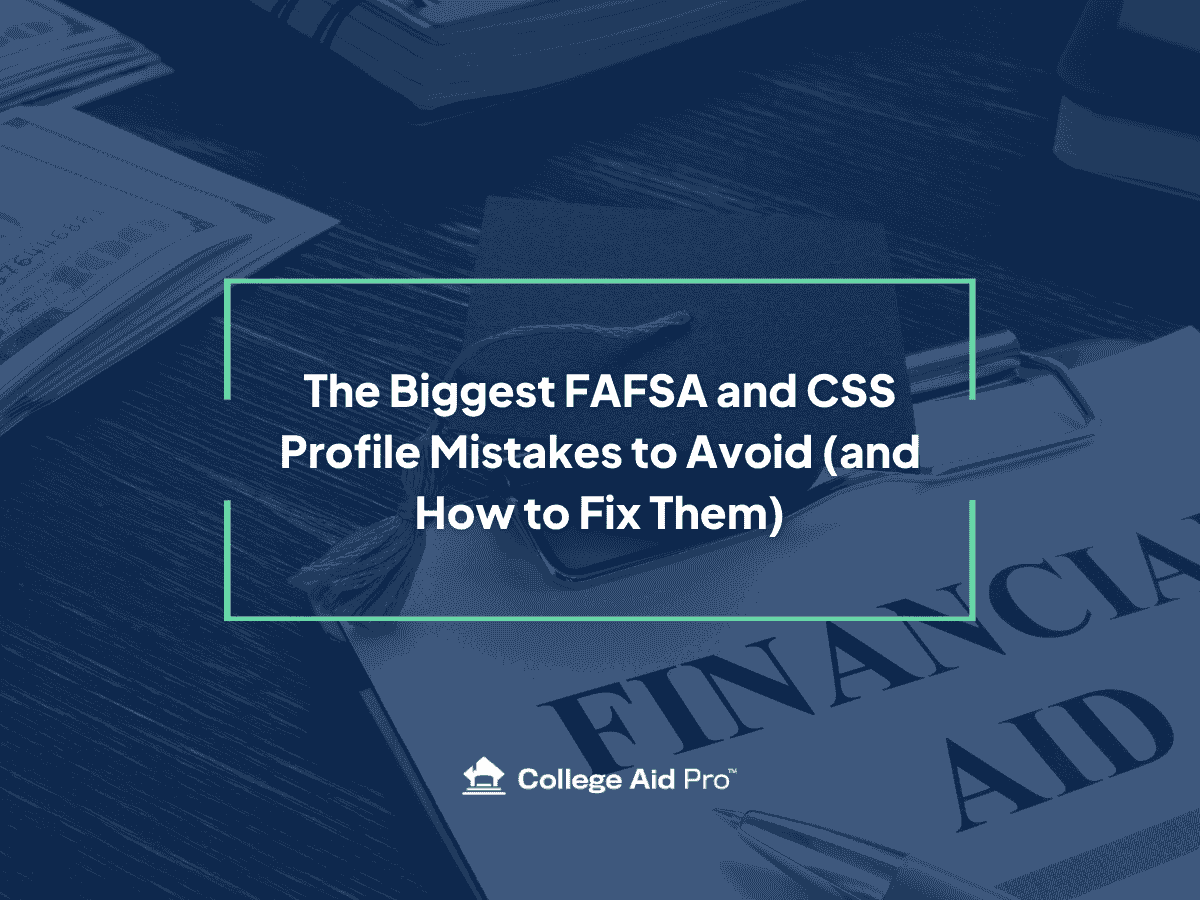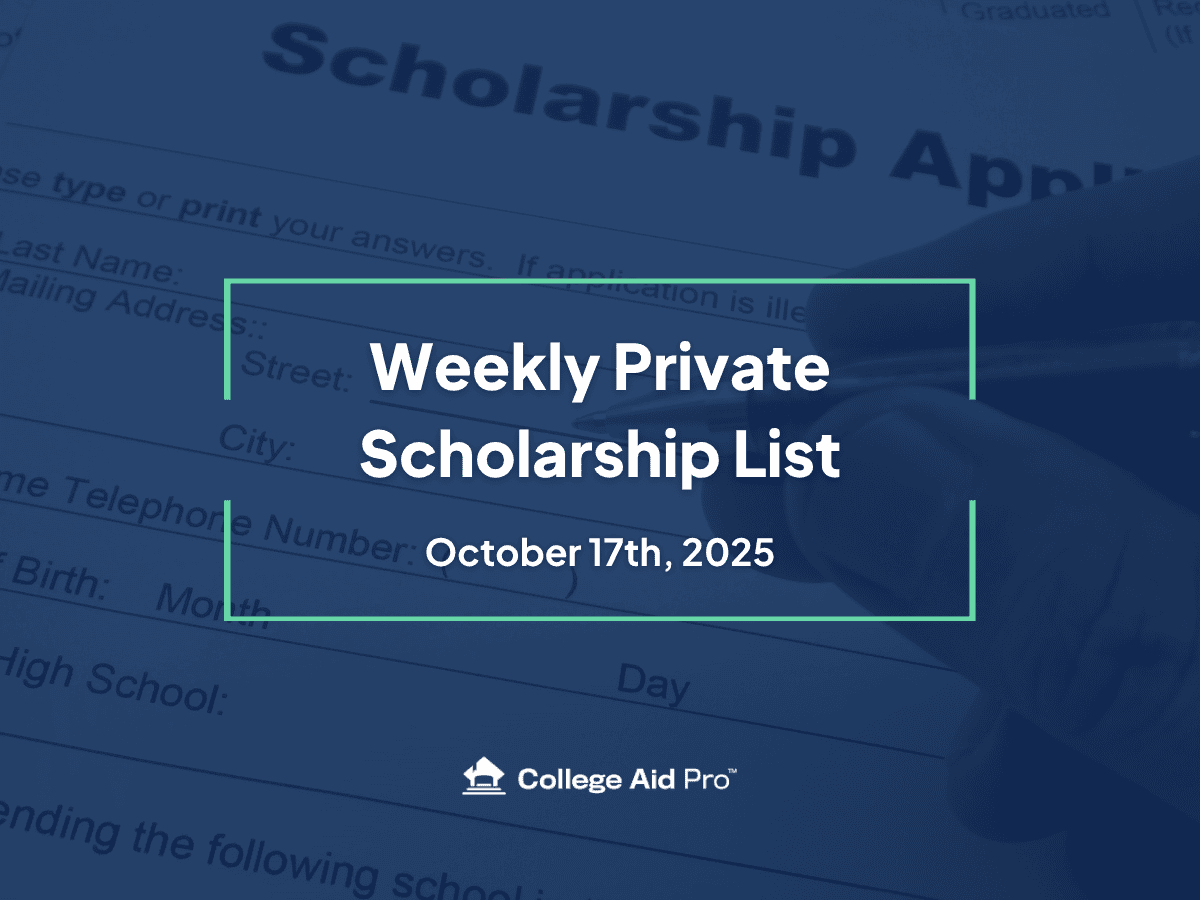Keep Calm and Plan On

Let’s talk about what this new bill means for you if your kid is already in college. Spoiler: it’s not an emergency, but it is worth your attention.
First Things First
The changes in the BBB don’t take effect until July 1, 2026. So for the upcoming 2025–26 school year, we’re still under the old rules. That gives you one more year of flexibility. Use it wisely.
Pell Grant Details
- The Pell Grant stays at $7,395. No cuts, no changes in eligibility credit hours (still just 12 per semester).
- But starting in 2026, Pell Grant money can only be used for direct costs. This includes tuition, fees, and sometimes room and board if billed by the school. It won’t cover off-campus housing, groceries, or personal expenses. (We all know that college costs are more than what you pay directly to the college so this could impact some families.)
💡 Why This Matters: If your student has scholarships or other aid already covering tuition and fees, their Pell Grant could be reduced unless there are other direct costs left to apply it to. It’s worth a call or email to your college’s financial aid office to understand how things will work under the new rules.
Parent PLUS Loans: Major Shift Coming
- Right now, you can borrow up to the full cost of attendance through the Parent PLUS loan. Starting July 2026, it’ll be capped at $20K/year, $65K total per student.
- That’s a big difference, especially for upperclassmen who still need to fund a couple years.
👀 What to Consider: If you expect to need PLUS loans in junior or senior year, it might make sense to borrow more during 2025–26 to give yourself a cushion before the new limits kick in. Talk to your financial advisor or schedule a meeting with one of our experts to see if this makes sense for you.
FAFSA Relief for Small Business Owners
If you’ve got a small business or family farm – good news, AGAIN!  These assets were not counted on the FAFSA for years, then they became part of the calculation two years ago, and now we’re swinging back again. Does anyone else have whiplash?
These assets were not counted on the FAFSA for years, then they became part of the calculation two years ago, and now we’re swinging back again. Does anyone else have whiplash?
Starting in 2026, small business, farm, AND commercial fishery values will no longer count, but only for FAFSA-only schools. If your college uses the CSS Profile, they’ll still want the details.
Grad School? Time for a New Game Plan
If your student is thinking about grad school, even if they are just considering it, it’s time to look ahead.
- Grad PLUS loans are being eliminated. These used to be the go-to for covering grad school costs.
- Students will still be eligible for Direct Loans, but those are capped: $20,500/year and $100K total, unless they’re going into law or medicine, which get a higher limit of $200K.
🎓 Translation: Grad school will now require earlier planning, more intentional saving, and possibly private loans or employer tuition benefits.
Let’s Talk Repayment
If your student, or you as a parent borrower, already has federal student loans that were disbursed before July 1, 2026, you’re allowed to stick with your current repayment plan. That includes options like SAVE, PAYE, or IBR (for now.) Nothing changes for those loans just yet.
Now, if you’re taking out new loans after that date, the rules are changing. You’ll have just two repayment choices going forward:
The first option is a standard repayment plan. That’s a fixed monthly payment with a loan term that could range from 10 to 25 years, depending on how much was borrowed.
The second option is new. RAP, or the Repayment Assistance Plan. This one calculates your payment based on your income and household size. It has a $10 minimum monthly payment, and while it’s designed to simplify things compared to the current maze of income-driven plans, there are trade-offs. Forgiveness takes longer, and there’s a “marriage penalty,” meaning your spouse’s income will be factored into your repayment even if you file taxes separately.
We’re still waiting for more guidance from the Department of Education on how this will all play out. We’ll keep you updated as soon as we know more.
So, What Should You Be Thinking About?

This isn’t panic time, but it’s absolutely planning time. These changes could reshape how you pay for your student’s remaining years. If you’ll need to borrow again, this is the year to look closely at your options. Knowing how loan caps shift in 2026 could influence what you borrow now, and how you plan for any future years.
If grad school is on the table, this is the moment to ask: what’s our funding strategy going to be without access to the Grad PLUS loan?
If you’re a small business or farm owner, keep in mind how FAFSA changes could affect your aid eligibility, especially if you’re considering transferring or reviewing aid packages for next year.
And please remember: you’re not on your own. At College Aid Pro, we’ve built a range of resources to support you:
- Our website has guidance and tools for every type of college-bound family
- Our free resources cover everything budgets and college lists to loan comparisons
- Our podcast brings you timely conversations and real talk
- MyCAP helps you track aid, loans, and school-specific planning, all in one place
If you missed it, don’t forget to check out Blog 1 here for the full breakdown of what the Big Beautiful Bill includes.
Never Lose Sight…

You may already have a solid sense of your student’s costs, but remember, those costs tend to rise a bit each year. And when it comes to loans, the rules are shifting. This might be the year you take a closer look at what to borrow, how to borrow, and how next year’s rules might change that picture.
Learn the options. Make smart decisions. And if you’re not sure what to do next, we’re right here to help.



